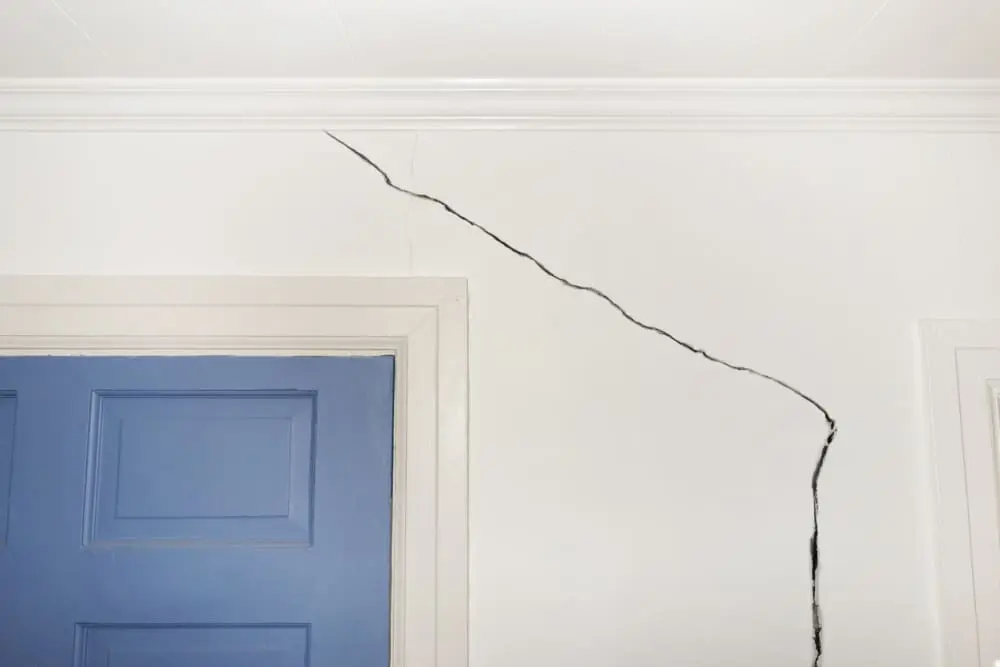- Home
- About Us
- Services
- Foundation Inspection and Assessment
- Foundation Repair and Stabilization
- Structural Replacement
- Seismic Retrofitting and Earthquake Retrofitting
- Crawl Space Repair and Encapsulation
- Drainage Solutions
- Push Pier Foundation Repair Systems
- Foundation Replacement
- Retaining Wall Construction and Repair
- Helical Pier & Push Pier Installation
- Pier and Beam Foundation Repair
- Underpinning Services
- Slab Foundation Repair
- Soil Stabilization
- Certified Soft Story Retrofit Experts
- Projects
- Programs & Financing
- Blog
- Reviews
- Q&A
- Service Areas
- Contact












